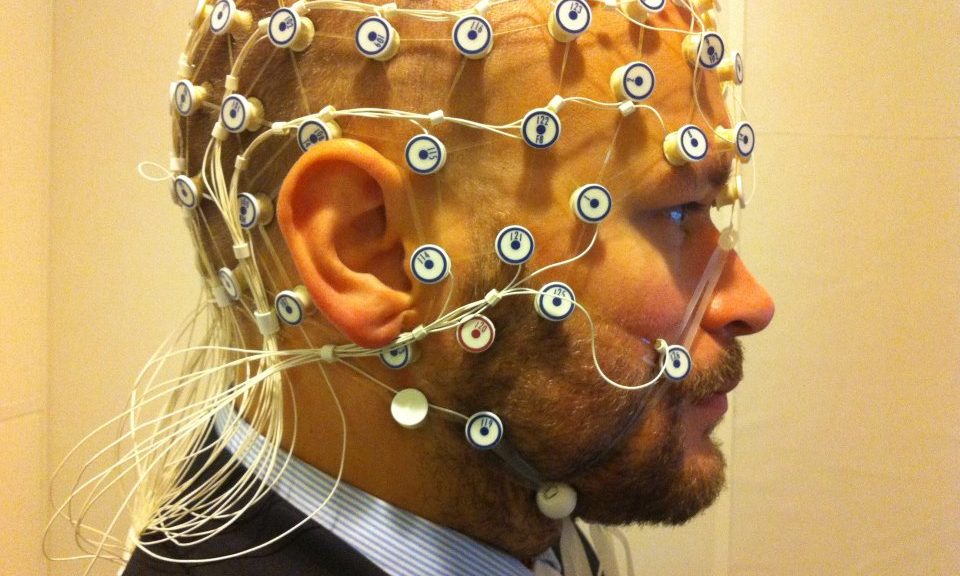Central Sensitization (CS) has been proposed as a common neurophysiological phenomenon to explain related syndromes for which no specific organic cause can be found.(1) The term Central Sensitivity Syndrome (CSS) is a newly proposed category for a group of inter-related disorders for which CS is a common etiology, including:(1,2)
- Fibromyalgia
- Myofascial Pain Syndrome
- Chronic Fatigue Syndrome
- Temporomandibular Joint Disorder
- Irritable Bowel Syndrome
- Migraine/Tension Type Headaches
- Restless Leg Syndrome
- Multiple Chemical Sensitivity
The Central Sensitization Inventory (CSI) was developed by Mayer et al (1) in 2012 to assess the overlapping health-related symptom dimensions of CS/CSSs. It was originally designed as a screening instrument to help identify when a patient’s presenting symptoms may indicate the presence of a CSS diagnosis, so that potentially unnecessary diagnostic and treatment procedures can be avoided, and biopsychosocial treatment planning can be initiated.
The CSI has been found to have a high degree of test-retest reliability and internal consistency.(1) A 2017 systematic review looking at the measurement properties of the CSI concluded “…the tool generates reliable and valid data that quantifies the severity of several symptoms of CS.”(3)
A 2015 study found that patients with high CSI scores (>40) before knee replacement reported more severe postsurgical pain intensity, required higher dosage of postsurgical analgesics, and were at higher risk of persistent pain 3 months later.(5) Use of the CSI, with the 40-point cut-off score, has also been recommended to help classify chronic pain patients with CS, and to help differentiate them from patients with neuropathic and nocioceptive pain.(6,7)
Total scores on the CSI range from 0-100, with the following severity ranges recommended:
- Subclinical = 0 to 29;
- Mild = 30 to 39;
- Moderate = 40 to 49;
- Severe = 50 to 59;
- Extreme = 60 to 100.
A 2017 study provided “support for these CSI severity levels as a guideline for healthcare providers and researchers in interpreting CSI scores and evaluating treatment responsiveness.”(4)
In summary, the CSI is appropriate for clinical purposes with higher CSI scores, indicating a higher probability of CS. Additionally, a CSI score of >40-points is clinically significant, providing both good sensitivity and specificity for the presence of CSS.
Easily administer, score and interpret outcome measures – including the CSI – through Erepsonline. For more information on selecting and viewing outcome measures, see the Erepsonline Video Tutorials, or check out the Quick Start Guide
References:
- Mayer TG, Neblett R, Cohen H, Howard KJ, Choi YH, Williams MJ, et al. The development and psychometric validation of the central sensitization inventory. Pain Pract. 2012 Apr;12(4):276–85.
- PRIDE; c2017 [cited 2017 September 13]. Available from: https://www.pridedallas.com/questionnaires/
- Scerbo T, Colasurdo J, Dunn S, Unger J, Nijs J, Cook C. Measurement Properties of the Central Sensitization Inventory: A Systematic Review. Pain Pract. 2017 Aug 29.
- Neblett R, Hartzell MM, Mayer TG, Cohen H, Gatchel RJ. Establishing Clinically Relevant Severity Levels for the Central Sensitization Inventory. Pain Pract. 3rd ed. 2017 Feb 1;17(2):166–75.
- Kim SH, Yoon KB, Yoon DM, Yoo JH, Ahn KR. Influence of centrally mediated symptoms on postoperative pain in osteoarthritis patients undergoing total knee arthro- plasty: a prospective observational evaluation. Pain Pract. 2015;15:E46–E53.
- Nijs J, Torres-Cueco R, van Wilgen CP, et al. Applying modern pain neuroscience in clinical practice: criteria for the classification of central sensitization pain. Pain Physician. 2014;17:447–457.
- Nijs J, Apeldoorn A, Hallegraeff H, et al. Low back pain: guidelines for the clinical classification of predominant neuropathic, nociceptive, or central sensitization pain. Pain Physician. 2015;18:E333–E346.
